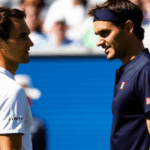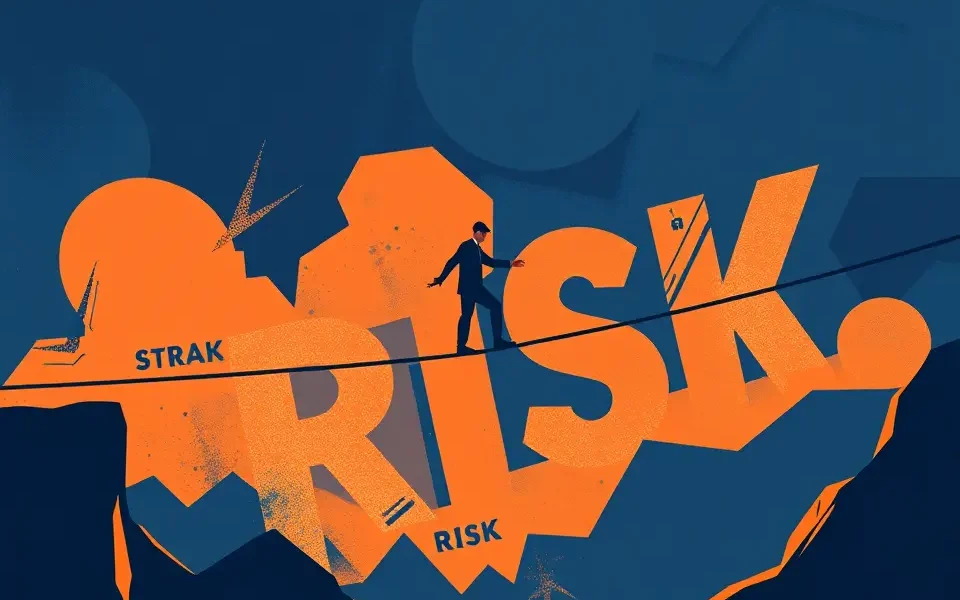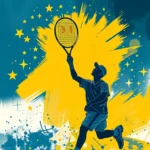Novak Djokovic, a name synonymous with tennis dominance, is embarking on a revised strategy for the 2025 season. After a somewhat underwhelming 2024 by his own lofty standards, the Serbian superstar is making significant changes to his tournament schedule and even his coaching staff. But are these changes a calculated risk that could propel him to further glory, or could they backfire and hinder his chances of adding to his already impressive legacy?
The Push for More Playtime
One of the most notable shifts in Djokovic’s approach is his stated intention to play a busier tournament schedule in 2025. This marks a departure from his strategy in 2024, where he opted for a reduced calendar, carefully selecting events to prioritize rest and peak performance at the Grand Slams and other major tournaments.
Why the Change?
Several factors likely contribute to this decision:
- Keeping Pace with the Young Guns: The rise of young stars like Carlos Alcaraz and Jannik Sinner has injected fresh energy and fierce competition into the men’s game. Djokovic, now nearing 38, recognizes the need to adapt and stay sharp to compete with these players who possess relentless athleticism and hunger for titles.
- Ending the Grand Slam Drought: For Djokovic, 2024 was unusual as he didn’t secure a Grand Slam title, intensifying his desire to reaffirm his dominance at the majors. More match play could be a way to hone his form and build momentum leading into these crucial events.
- Finding Consistency: Djokovic himself has expressed a desire for more consistency across all tournaments. A more active schedule could provide him with the competitive rhythm needed to achieve this.
Early Signs of the New Approach:
Djokovic’s initial schedule for 2025 reflects his commitment to increased match play:
- Brisbane International: He started his season at the Brisbane International, an event he hadn’t played since 2009, aiming to gain confidence and competitive sharpness before the Australian Open.
- Australian Open: As always, a major focus. However, his run was cut short by injury in the semi-final against Zverev.
- Doha Open: Djokovic returned to the Doha Open after a six-year absence, further indicating his willingness to add tournaments to his calendar.
- Sunshine Double: He intended to compete at both Indian Wells and Miami Masters.
- Monte Carlo Masters: He participated in this tournament in April, but lost to Tabilo.
- Madrid Masters: Following Monte Carlo, he is expected to play at the Madrid Masters.
The Andy Murray Factor: A Coaching Experiment
In a surprising move, Djokovic enlisted former rival Andy Murray as part of his coaching team, initially for the Australian Open. This partnership raised eyebrows across the tennis world, given their history of intense competition and contrasting playing styles.
Potential Benefits:
- Tactical Insights: Murray’s deep understanding of the game and familiarity with Djokovic’s opponents could provide valuable tactical insights and strategic adjustments.
- Emotional Support: Murray’s presence could offer emotional support and a fresh perspective, helping Djokovic navigate the pressures of competition and maintain a positive mindset.
- Motivation: The collaboration with a respected peer like Murray could provide an extra source of motivation for Djokovic to push his limits and strive for further success.
However, There are Questions:
- Long-Term Commitment: The duration of the Djokovic-Murray partnership remains uncertain, raising questions about its long-term impact and stability.
- Murray’s Availability: Murray’s own commitments, including a theatrical tour, could limit his availability and involvement with Djokovic’s team throughout the season.
- Chemistry: The success of any coaching relationship hinges on chemistry and communication. It remains to be seen how well Djokovic and Murray will work together in this new dynamic.
The Potential Pitfalls
While Djokovic’s changes are driven by a desire to stay competitive and achieve further success, they also carry potential risks:
- Burnout: A busier schedule could lead to physical and mental burnout, especially for a player of Djokovic’s age. Balancing match play with adequate rest and recovery will be crucial.
- Injury: Increased strain on the body could increase the risk of injury, potentially derailing his season and hindering his chances at major tournaments. Injury at the Australian Open 2025 forced him to retire in the semi-final.
- Loss of Focus: Spreading himself too thin across multiple tournaments could dilute his focus and prevent him from peaking at the most important events.
- Davis Cup Disappointment: Djokovic’s desire to represent Serbia in the Davis Cup suffered a setback as Serbia failed to qualify for the final phase of the tournament. This could impact his motivation and overall season goals.
- Coaching Instability: A short-term or ineffective coaching partnership could disrupt Djokovic’s rhythm and hinder his progress.
Is It Worth the Risk?
Ultimately, the success of Djokovic’s new strategy will depend on several factors: his ability to manage his workload, maintain his physical and mental well-being, forge a strong working relationship with his coaching team, and adapt to the evolving landscape of men’s tennis.
Arguments for Optimism:
- Djokovic’s Unparalleled Experience: His vast experience and proven track record give him a significant advantage in navigating the challenges of a long and demanding season.
- His Relentless Dedication: Djokovic’s unwavering commitment to training, nutrition, and mental preparation will be crucial in mitigating the risks of burnout and injury.
- His Adaptability: Throughout his career, Djokovic has demonstrated a remarkable ability to adapt his game and strategy to overcome new challenges and opponents.
Potential Downsides:
- Age: At 37, Djokovic’s recovery time may be longer, and the physical demands of a busier schedule could take a greater toll.
- Increased Competition: The younger generation of players is hungry for success and will present a formidable challenge to Djokovic’s dominance.
- Uncertainties: The ever-present risk of injury and the unpredictable nature of tournament draws could disrupt his plans and derail his season.
The Verdict
Novak Djokovic’s decision to shake things up in 2025 is a bold move that reflects his unwavering ambition and determination to remain at the pinnacle of men’s tennis. While the changes carry inherent risks, they also present an opportunity for him to revitalize his game, stay ahead of the competition, and add to his already legendary career. Whether this gamble pays off remains to be seen, but one thing is certain: the 2025 season promises to be another exciting chapter in the remarkable story of Novak Djokovic.








No Comment! Be the first one.